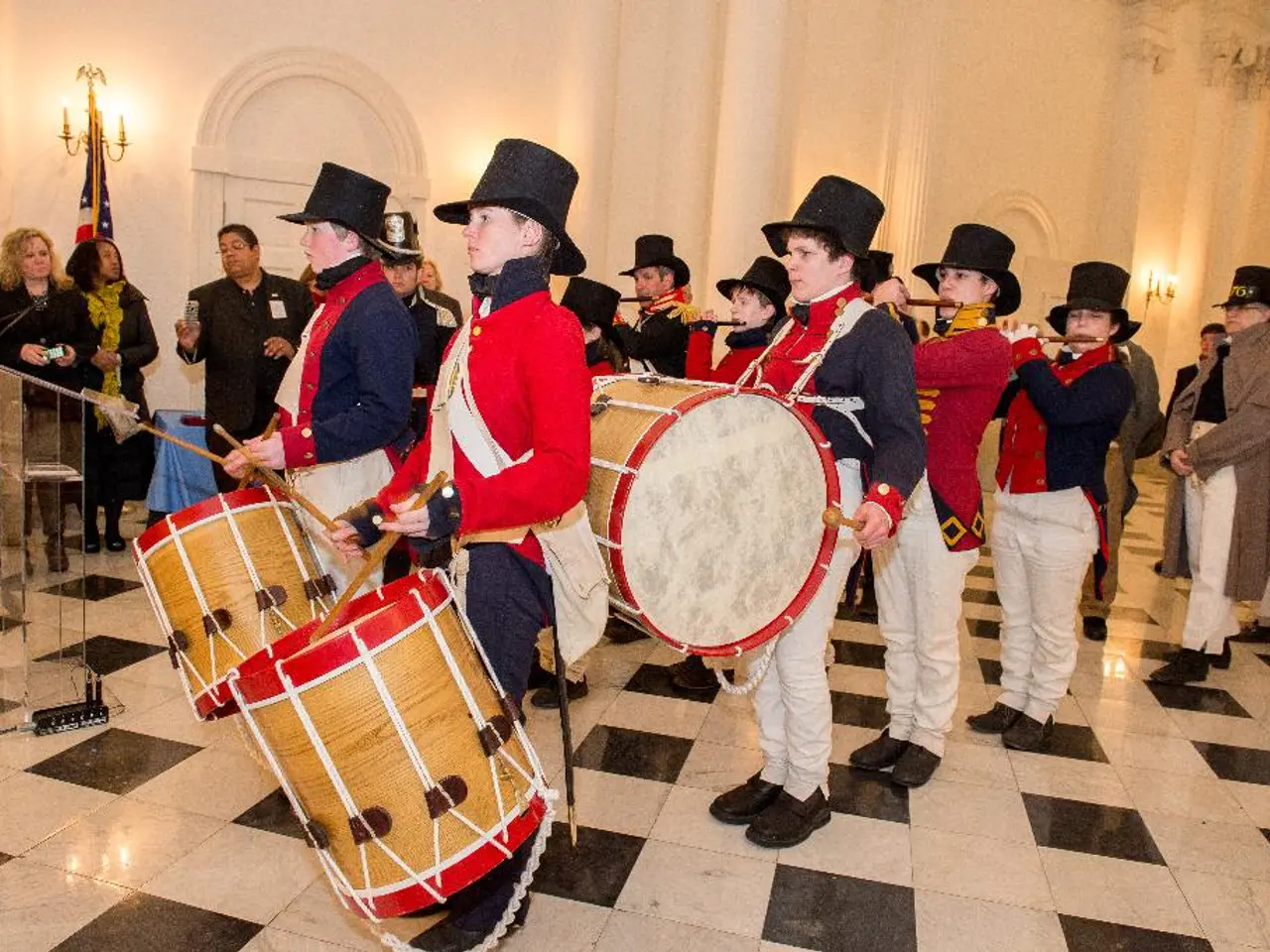Guide to Crafting a Playlist for Each Emotional State
Music can significantly influence our emotional states, serving as a powerful tool for self-expression, emotional regulation, and stress reduction. By creating playlists tailored to various moods, we can harness this power to enhance our well-being and manage our emotions effectively.
Crafting Mood-Specific Playlists
To create a playlist for every mood, identify different moods or emotions, select songs that resonate with each mood, and arrange them in separate playlists. Common categories for playlists include: happy, sad, energetic, relaxed, nostalgic, romantic, motivational, and chill.
Aligning Playlist Mood with Desired Emotional State
Design playlists specifically for feelings like calm, energy, focus, or inspiration to use music as a mood-shifting tool. For example, calming melodies with slower tempos can reduce stress, while upbeat rhythms can boost energy.
Using Music as a Transition Tool
Play certain playlists before activities like work or studying to help induce a focused mindset. Over time, this can condition your brain to associate the music with productivity and improve performance.
Experimenting with Specialised Music Types
Binaural beats or certain sound therapies may enhance concentration and relaxation by stimulating brainwave activity, though individual effects may vary.
Being Intentional and Moderate
Avoid overusing playlists to prevent them becoming background noise, which diminishes their effectiveness. Set aside dedicated times for music listening to maximise impact.
Managing Volume Levels
Play music at a comfortable volume to avoid distraction or stress; balanced volume supports emotional regulation and productivity without overwhelming the environment.
Including Stress-Recovery Playlists
Sounds with deep, slow rhythms can help regulate the nervous system and reduce cortisol after stressful events, acting as a mini reset for emotional balance.
Creating Playlists for Specific Occasions
Celebration Playlists
For celebrations, choose upbeat and lively tracks with infectious rhythms and joyful lyrics. Pop, funk, disco, and dance music are great genres for celebration playlists. Include classic party anthems and feel-good tunes to create lasting memories.
Sadness Playlists
Creating a playlist for sadness requires songs with emotive melodies and heartfelt lyrics. Slow ballads, acoustic tracks, or soulful music can be particularly poignant for sad playlists. Consider including hopeful or uplifting songs for comfort and reassurance.
Sharing and Enjoying Your Playlists
You can share your mood playlists with others by creating and sharing links to your playlists on music streaming platforms or by sharing the playlist directly through the platform's social features. Music has the power to bring people together and create lasting memories.
Embracing the Healing Power of Music
Allow yourself to feel emotions fully, but remember music has healing and uplifting power. Whether you're celebrating, feeling sad, or seeking focus, the right playlist can help you navigate your emotional landscape and find balance.
- To help celebrate special moments, create playlists filled with infectious pop, funk, disco, and dance music that evoke feelings of joy.
- For times of sadness, compile a playlist featuring emotive songs with poignant melodies and heartfelt lyrics, balancing sorrow and hope to provide comfort and reassurance.








